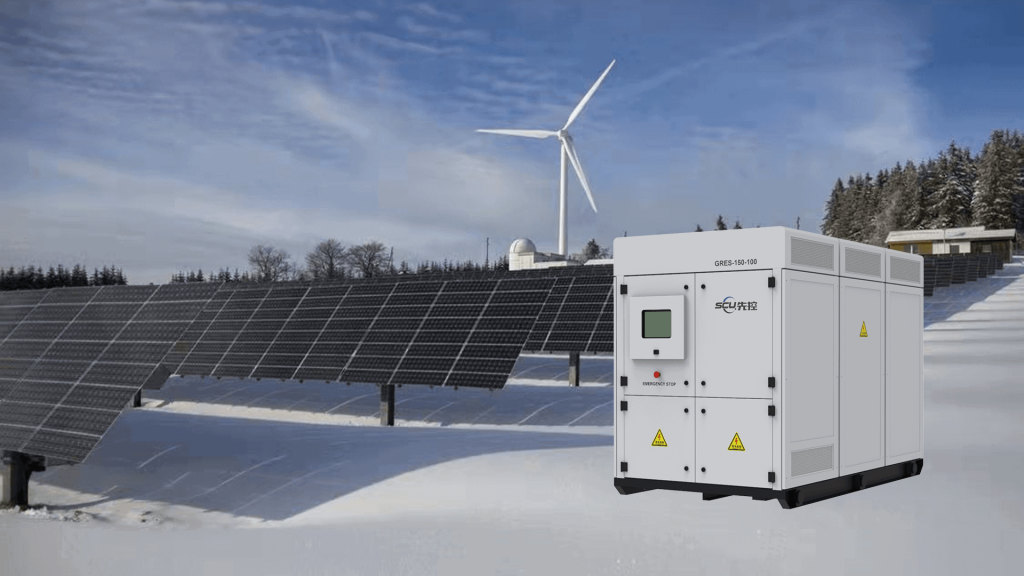The specific role of energy storage batteries in the power system
In recent years, with the integration of new energy sources such as wind power, hydropower, and solar power into the grid, the pressure on the grid system has increased, making it urgent to widely apply energy storage batteries. In the power system, the role of energy storage batteries mainly includes the following four points:
Flatten fluctuations:
Energy storage batteries can quickly enter a charging or discharging state according to the user demand in the power system, fully satisfying the electricity demand in social life and industrial production, and alleviating the instability of electricity supply caused by grid load peaks and fluctuations in new energy power.
Peak shaving and valley filling:
The power load shows significant peaks and valleys due to the influence of user demand. Energy storage batteries can release energy during high load peaks and store energy during low load valleys, thus achieving the goal of peak shaving and valley filling.
Improve power quality:
Energy storage batteries can improve power quality by smoothing fluctuations and peak shaving and valley filling, ensuring the stability and reliability of power supply.
Delaying grid upgrading:
Energy storage batteries can reduce the losses of the grid system and prolong the service life of electrical equipment, thus saving the cost of upgrading the grid.

Analysis of the regulating effect of energy storage batteries on the grid
Energy storage batteries are mostly used in the field of new energy generation in actual applications, including wind power generation, hydropower generation, photovoltaic power generation, and bio power generation. The electricity output of this generation method has randomness and fluctuations, which will greatly affect the safety and stability of the power system, and the introduction of energy storage battery systems is to ensure the stability of the grid system. When the grid load fluctuates, the energy storage system can quickly respond to ensure power balance, and a large number of energy storage batteries can also solve the problem of power fluctuation caused by new energy generation. The regulating effect of energy storage batteries in different grids also differs. Some grid systems can ensure that the grid power, voltage, and frequency tend to be stable, while independent grids can only ensure the balance of grid power or the stability of voltage.
Analysis of the differences in different types of energy storage batteries
After years of development, there are more and more types of energy storage batteries currently available. Here we will introduce three types of energy storage batteries with significant features. First, lithium-ion batteries are widely used in the current power system, with the advantages of high efficiency, large charging and discharging power, and long life. However, fast charging and discharging pose safety hazards, and discarded batteries are difficult to recycle. Second, lead-carbon batteries, which combine traditional lead-acid batteries with supercapacitors, have the advantages of large power and long life, but the charging and discharging rate and discharge depth still lag behind lithium-ion batteries. In addition, there are liquid metal batteries, which have the advantages of fast response, high efficiency, stable performance, long life, and environmental protection due to their all-liquid structure. However, the technology is not yet mature and is still in the experimental verification stage.
Under the background of building a smart grid, energy storage batteries have become a key technology to ensure the safe, stable and efficient operation of the grid, playing an important role in peak shaving and valley filling, smoothing fluctuations, improving power quality, and delaying grid upgrading. Currently, lithium-ion batteries have been widely applied in the grid energy storage system, and new technologies such as superconducting batteries, lead-carbon batteries, and metal liquid batteries are in the trial promotion stage. The promotion and application of energy storage batteries will greatly enhance the safety and stability of the grid system.
